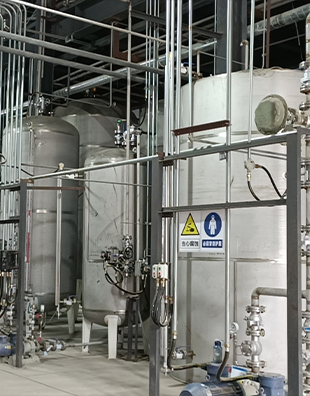what is poly aluminium chloride
What is Poly Aluminium Chloride?
Poly Aluminium Chloride (PAC) is a widely used chemical compound in water treatment processes, recognized for its effectiveness in purifying water and its role as a coagulant. This compound has become increasingly popular due to its numerous advantages over traditional water treatment chemicals, such as aluminum sulfate. Understanding PAC, its properties, applications, benefits, and production process can provide insights into its significance in various industries, particularly in environmental management and civil engineering.
Chemical Composition and Properties
Poly Aluminium Chloride is a type of aluminum hydroxide polymer with varying degrees of polymerization and a substantial molecular weight. Its chemical formula can be represented as [Aln(OH)mCl(3n-m)], where ‘n’ denotes the number of aluminum ions, and ‘m’ represents the number of hydroxyl ions. The complex structure of PAC allows it to form bridges between particles in water, facilitating the agglomeration of suspended solids, which then can be easily removed.
PAC is typically available in both liquid and solid forms. The liquid form is particularly favored in water treatment applications due to its ease of use and quick dissolution rates. It is characterized by its light yellow to white color, lower toxicity compared to aluminum sulfate, and its ability to function efficiently over a wide pH range.
Applications of Poly Aluminium Chloride
The primary use of PAC is in the treatment of drinking water and wastewater. It effectively removes impurities such as suspended solids, colloids, and microorganisms, thus improving the quality of water. In municipal water treatment plants, PAC is used to enhance the sedimentation process and ensure compliance with health standards for potable water.
In addition to water treatment, PAC finds applications in various industries, including paper manufacturing, textiles, and construction. In paper production, PAC acts as a sizing agent, improving the strength and surface properties of paper products. In the textile industry, it is used to improve dye uptake and fixation. Furthermore, in the construction sector, PAC is employed in the production of concrete and cement to enhance their binding properties.
what is poly aluminium chloride

Advantages of Poly Aluminium Chloride
One of the most significant advantages of PAC is its high efficiency in low dosages, which translates to cost-effectiveness in treatment processes. Due to its polymeric nature, PAC has a faster rate of coagulation compared to traditional coagulants, enabling quicker treatment of large volumes of water. This rapid performance minimizes the time and resources needed in treatment plants.
Another benefit is its versatility in handling varying water quality. PAC is effective in treating both turbid and low-temperature waters, making it suitable for various geographical locations and seasonal variations. Its lower toxicity also contributes to a safer work environment for operators, a vital consideration in water treatment facilities.
Moreover, PAC can help to reduce the formation of disinfection by-products, making it a more sustainable option in comparison to other coagulants. This characteristic is increasingly important in light of global efforts to improve water quality and safety.
Production of Poly Aluminium Chloride
The production of PAC typically involves the neutralization of aluminum hydroxide with hydrochloric acid, leading to the formation of polyaluminum salts. This process can be further optimized to achieve specific properties tailored to different applications. Manufacturers focus on controlling the degree of polymerization and the ratio of aluminum to chloride ions to ensure the final product meets the required standards for various industrial uses.
Conclusion
Poly Aluminium Chloride is a crucial chemical in the field of water treatment and several other industries. Its efficiency, cost-effectiveness, and safety profile have made it a preferred choice over traditional coagulants. As environmental concerns continue to grow, the demand for effective and sustainable solutions like PAC is expected to rise. Understanding its properties and applications will continue to play an essential role in advancing water treatment technologies and promoting public health globally.
-
Premium Isothiazolinones | Broad-Spectrum Biocidal SolutionsNewsAug.28,2025
-
LK-319 Special Scale And Corrosion Inhibitor For Steel Plants: Advanced Solutions for Industrial Water SystemsNewsAug.22,2025
-
Flocculant Water Treatment: Essential Chemical Solutions for Purification ProcessesNewsAug.22,2025
-
Isothiazolinones: Versatile Microbial Control Agents for Industrial and Consumer ApplicationsNewsAug.22,2025
-
Scale Inhibitor: Key Solutions for Water System Scale PreventionNewsAug.22,2025
-
Organophosphonates: Versatile Scale Inhibitors for Industrial Water SystemsNewsAug.22,2025





